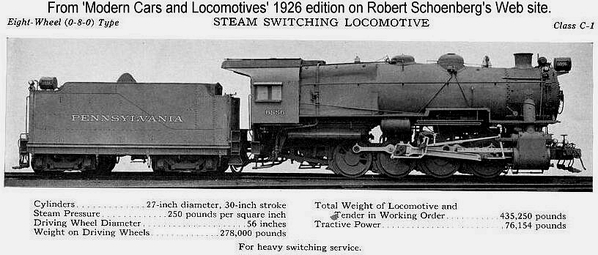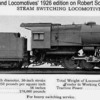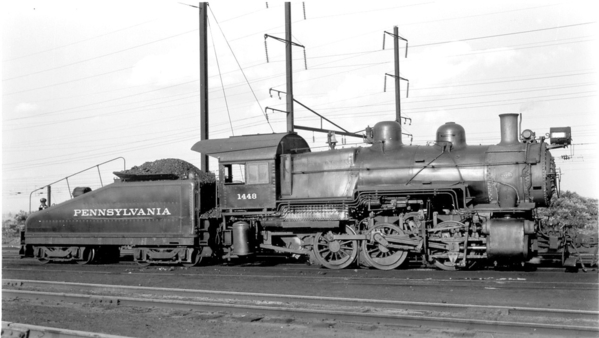I'm working on a MG PRR C1 0-8-0 formerly owned by the late Frank Miller. Frank super detailed the boiler and installed a detailed back head. Joe Foehrkolb installed a NWSL ball bearing 25:1 gearbox and turned the driver flanges so that they run smoothly through code 125 turnout flangeways. I installed a Faulhaber ball bearing motor and Soundtraxx TSU4400 decoder. It is now a very sweeet runner but there are a few more upgrades I want to do before sending it to the paint booth. One is to equip the tender with "pedestal" tender trucks commonly found under Reading and PRR tenders. Trucks of this design were offered in O scale by Central Locomotive Works in their PRR H10 kit. Does anyone know if the gentleman who purchased the CLW O scale line is selling parts, and if so how would one contact him?










